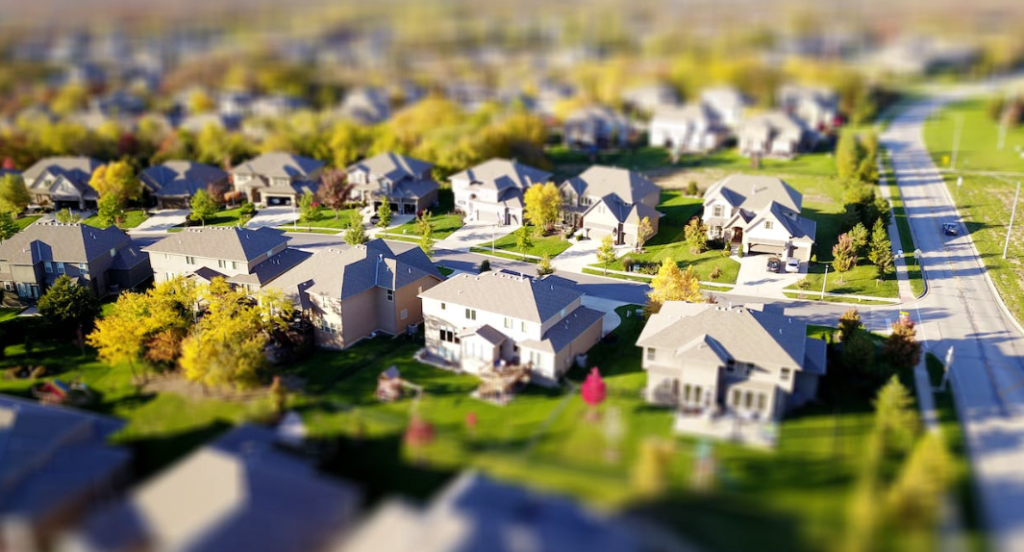Creating a website for a real estate company requires a modern and minimalist design to attract potential clients and showcase properties in an appealing and easy-to-navigate way. In this article, we will discuss the key elements to consider when designing a real estate website that is both modern and minimalist.
Choose a simple color palette
When it comes to creating a minimalist website, simplicity is key. One of the best ways to achieve a clean and modern look is by selecting a simple color palette. A monochromatic color scheme is a popular choice for minimalist websites, with shades of grey, black, and white being common choices. These neutral tones create a sophisticated and timeless feel that will not distract from the content of the website. However, if you want to add a pop of color, consider using a bold accent color sparingly, such as a bright blue or green.
Use high-quality images
High-quality images are crucial for a real estate website, as they help showcase the properties and make them more attractive to potential buyers. Using large, high-resolution images is the best way to showcase properties in a visually appealing way. Consider using full-screen images on the homepage or property pages to create a powerful impact. In addition to property images, you may also want to include lifestyle photos that help potential buyers envision themselves living in the property.
Emphasize user experience
A great user experience is essential for any website, but especially for a real estate website where potential buyers may be searching for properties. Make sure the website is easy to navigate, with a clear menu structure and intuitive search functionality. Use clear and concise language on the website to describe the properties, and include all relevant information such as the number of bedrooms and bathrooms, square footage, and amenities. Consider using interactive features such as 360-degree virtual tours to give potential buyers a more immersive experience of the properties.
Highlight property features
Make sure to highlight the most important features of the properties, such as the location, views, and unique features. Use bullet points to make this information easy to read and digest. In addition, consider including floor plans or site maps to help potential buyers understand the layout of the property. If the property has been recently renovated or updated, make sure to mention this in the description as well.
Create a responsive design
In today’s mobile-first world, it’s essential to create a website that is responsive and optimized for mobile devices. A responsive design ensures that the website looks great and functions well on any device, whether it’s a desktop computer, tablet, or smartphone. A responsive design is also essential for search engine optimization (SEO), as search engines favor mobile-friendly websites in their rankings.
Use whitespace effectively
Whitespace, or negative space, is the area of a website that is left blank or unused. Effective use of whitespace is crucial for creating a minimalist website, as it helps create a clean and uncluttered look. Whitespace can also help guide the user’s eye to the most important content on the website. When designing a real estate website, make sure to use whitespace effectively to create a visually appealing and easy-to-read layout.
Incorporate social proof
Social proof is a powerful tool for building trust and credibility with potential buyers. Incorporating social proof on a real estate website can take many forms, such as customer testimonials, reviews, or case studies. Including social proof on the website can help potential buyers feel more confident in their decision to work with the company and increase the chances of converting them into customers.
In conclusion, designing a modern and minimalist real estate website requires careful consideration of the color palette, images, user experience, property features, responsive design, effective use of whitespace, and social proof. By taking these factors into account, you can create a website that showcases properties


